SOURCE: RAUNAK KUNDE / NEWS BEAT / IDRW.ORG
The Indian Air Force (IAF) is set to bolster its Airbus A321 fleet as part of its ongoing efforts to enhance its airborne capabilities. After receiving clearance to procure six Airbus A321 commercial platforms for conversion into Netra 2.0 airborne early warning and control (AEW&C) aircraft, the IAF is now planning to acquire seven additional Airbus A321 platforms from the used market. These aircraft will be repurposed for signals intelligence (SIGINT) and communications jamming (COMJAM) roles, further strengthening the IAF’s operational versatility.
The specific requirements entail acquiring five aircraft that will be suitably integrated and certified by the original equipment manufacturer (OEM) for SIGINT and COMJAM duties. Additionally, two aircraft will be designated for SIGINT roles. Initially, the IAF is considering procuring three aircraft in the first phase of this expansion.
Continue readingSOURCE: RAUNAK KUNDE / NEWS BEAT / IDRW.ORG

Embraer, a renowned Brazilian aerospace company, has extended an enticing offer to Indian manufacturers, presenting them with the opportunity to collaborate on its next-generation turboprop concept. This innovative proposal has the potential to revolutionize regional transport aircraft in India. The concept, which has been evolving since its inception in 2017, showcases a conventionally powered turboprop design with twin engines at the rear of the fuselage, capable of ferrying between 70 and 90 passengers.
Embraer’s approach to the development of its regional turboprop is characterized by careful consideration and strategic collaboration. The company has taken a patient approach, emphasizing the importance of finding suitable partners in India. Among the potential collaborators is Hindustan Aeronautics Limited (HAL), a state-owned aerospace and defence company. HAL previously had plans to develop regional turboprop aircraft in partnership with the National Aerospace Laboratories (NAL). Embraer’s proposal aligns with India’s ambitions to strengthen its aerospace capabilities.
Continue readingSOURCE: RAUNAK KUNDE / NEWS BEAT / IDRW.ORG

The Indian Navy’s ambitious program for the development of a Shore Based Guided Rocket (SB-GR) System is on the verge of receiving “Approval in principle (AIP)” from the Collegiate Committee of the Ministry of Defence (MoD). The project has reached a critical juncture, with the feasibility study set to be submitted in the coming months.
The Shore-Based Guided Rocket (SB-GR) System, designated as the R Battery, encompasses a comprehensive array of components, including the Launcher Vehicle, Command Post, Loading Vehicle, and Replenishment Vehicle. The core of the system comprises SB-GR rockets equipped with advanced features such as a Guidance System, Warhead, Fuses, and Propulsion System. This innovative system is envisioned as an anti-submarine weapon, with multiple rocket launchers encased in a pod arrangement.
Continue readingSOURCE: IDRW.ORG TEAM

On its recent Raising Day celebration, the Centre for Airborne Systems (CABS), located in Bengaluru and under the aegis of the Defense Research and Development Organisation (DRDO), marked the occasion with a significant event. Air Marshal Ashutosh Dixit, Deputy Chief of Air Staff, graced the event as the Chief Guest, and Shri MZ Siddique, Director General (Aero), added to the ceremony’s significance.
The event provided a platform to showcase the Research and Development efforts of CABS over the years and highlight the latest technological advancements. The Director of CABS presented an overview of the organization’s journey and ongoing initiatives. However, one image displayed in the background during the event’s proceedings drew attention and fueled speculation within the defense community.
Continue readingSOURCE: IDRW.ORG TEAM

The Indian Army’s ambitious light tank project, known as “Project Zorawar,” has encountered delays in its rollout schedule due to challenges in procuring critical components from foreign sources. Initially slated for a mid-2023 debut, the first prototype is now expected to be unveiled in January of the following year.
Sources indicate that the delay primarily stems from the inability of certain foreign countries to supply essential components required for manufacturing these tanks. Notably, foreign-supplied electronic, electrical components, and engines are deemed critical for the successful execution of Project Zorawar. India has had to adapt its plans, shifting from the initially planned German MTU engine to American Cummins engines due to the unavailability of the former.
Continue readingSOURCE: RAUNAK KUNDE / NEWS BEAT / IDRW.ORG

Airbus, one of the world’s premier aircraft manufacturers, has thrown its hat into the ring in response to the Indian Air Force’s (IAF) Request for Information (RFI) for a Medium Transport Aircraft (MTA). Their offering? The formidable A400M Atlas is a versatile transport aircraft that stands poised to redefine the nation’s strategic airlift capabilities.
The A400M Atlas, a substantial aircraft by any measure, fits snugly between the Lockheed Martin C-130 Hercules and the Boeing C-17 Globemaster III in terms of size. However, where it truly distinguishes itself is in its carrying capacity. Capable of ferrying twice the weight of a C-130 and boasting an additional 10 tons of payload capacity compared to the Embraer C-390M, it offers India a robust and versatile solution for their MTA needs.
Continue readingSOURCE: RAUNAK KUNDE / NEWS BEAT / IDRW.ORG
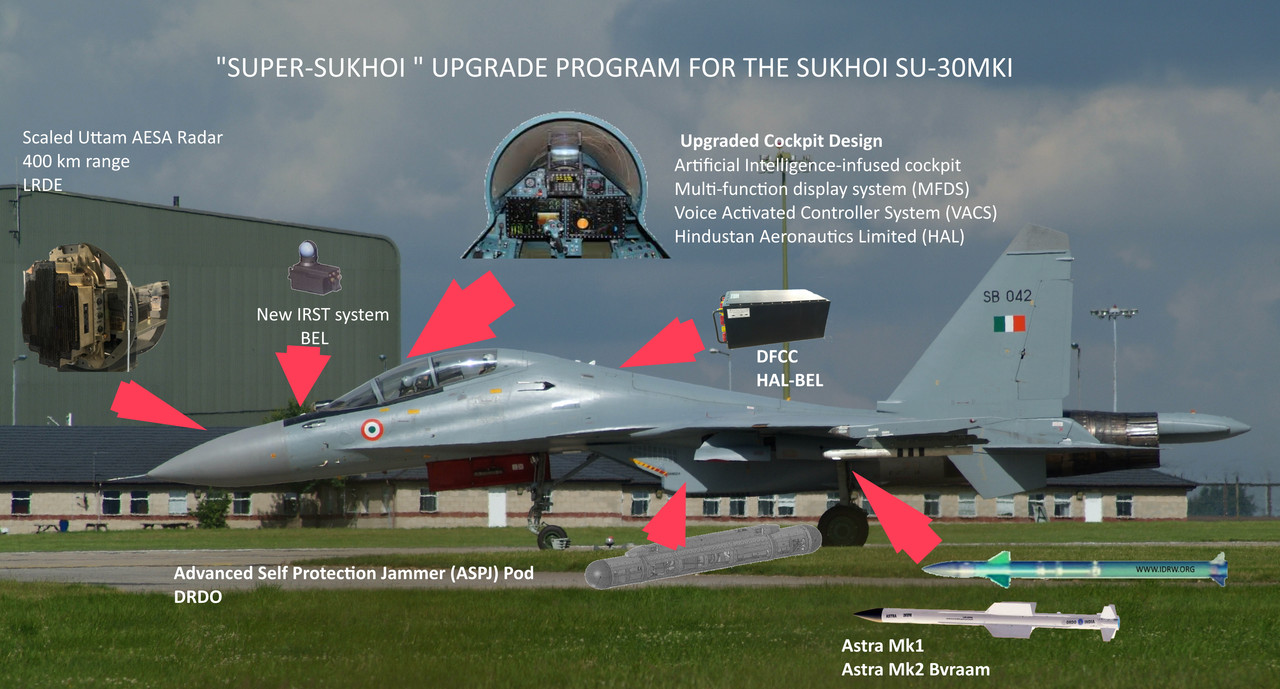
India’s state-owned aerospace and defence company, Hindustan Aeronautics Limited (HAL), is gearing up for a substantial modernization project aimed at upgrading the Indian Air Force’s (IAF) fleet of Sukhoi-30MKI aircraft. This initiative, set to commence from the fiscal year 2026-27, represents a significant leap in India’s efforts to enhance its air combat capabilities and keep pace with the evolving landscape of aerial warfare.
The proposed upgrades to the Sukhoi-30MKI fleet are both comprehensive and ambitious. HAL envisions a radical transformation of these formidable fighter aircraft, encompassing various key aspects:
Continue readingSOURCE: RAUNAK KUNDE / NEWS BEAT / IDRW.ORG
:quality(70)/cloudfront-us-east-1.images.arcpublishing.com/archetype/MIWSWLJXSFFOBETQ2VPEIR6B3A.jpg)
In a significant stride towards enhancing India’s defence capabilities, Bharat Dynamics Limited (BDL) and the UAE-based EDGE Group have jointly developed the Al Tariq-LR, a long-range precision-guided munition (PGM). This advanced weapon system is poised to undergo testing from a HAL-owned fighter jet in 2024.
The collaboration between these two entities promises to bring modular, long-range precision capabilities to India’s arsenal, bolstering its precision-guided munition offerings. The Al Tariq-LR is designed to provide precise strikes against a variety of targets, including high-priority-fixed, off-axis, moving, and re-locatable ones.
Continue readingSOURCE: IDRW.ORG TEAM
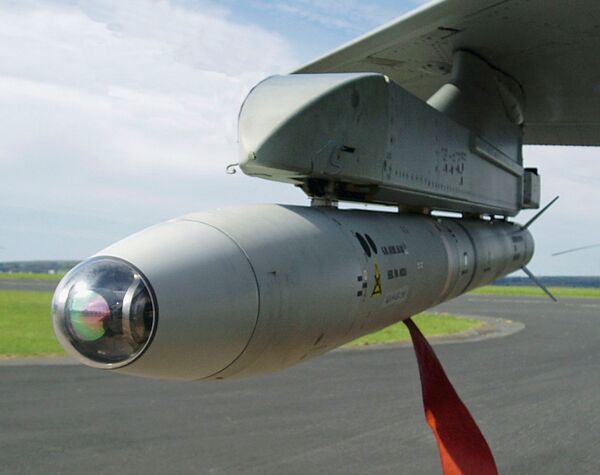
Bharat Dynamics Limited (BDL), one of India’s leading defense technology companies, is set to embark on the production of the Advanced Short Range Air-to-Air Missile (ASRAAM) Block 6, marking a significant milestone in India’s indigenous defense manufacturing capabilities. This ‘Made in India’ endeavor will take place at BDL’s Bhanoor unit in Telangana and will not only cater to domestic needs but also open doors to lucrative export opportunities.
The ASRAAM Block 6 missile system, initially selected by India under a USD 250 million contract announced in 2014, represents a pivotal advancement in India’s air defense arsenal. It is set to equip the Indian Air Force’s upgraded SEPECAT Jaguar fighter aircraft fleet. Within the Indian Air Force, this highly capable missile system is known as the New Generation Close Combat Missile (NGCCM). Furthermore, the ASRAAM is poised to be integrated into the Light Combat Aircraft (LCA) Tejas Mk1A, complementing existing Israeli Python-5 and Russian R-73M Within Visual Range Air-to-Air missiles.
Continue readingSOURCE: IDRW.ORG TEAM
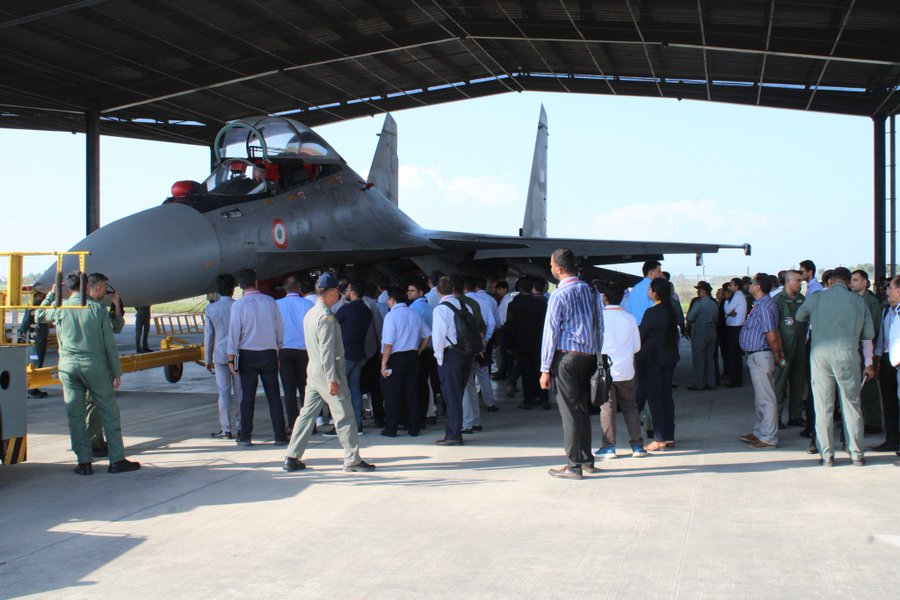
The Indian Air Force (IAF), in partnership with The Society of Indian Defence Manufacturers (SIDM) and Innovations for Defence Excellence (iDEX), recently organized an Industry Outreach Program for industry partners at Air Force Station (AF Stn) Bareilly. This initiative aimed to foster collaboration between the defense industry and the IAF, encouraging industry representatives to develop solutions that enhance operational capabilities.
During the program, industry representatives had the opportunity to gain insights into the operations conducted by the Indian Air Force. This firsthand exposure provided valuable context for understanding the specific needs and challenges faced by the IAF. It also served as an inspiration for industry leaders to explore innovative solutions that can address the requirements of the armed forces.
Continue readingSOURCE: RAUNAK KUNDE / NEWS BEAT / IDRW.ORG
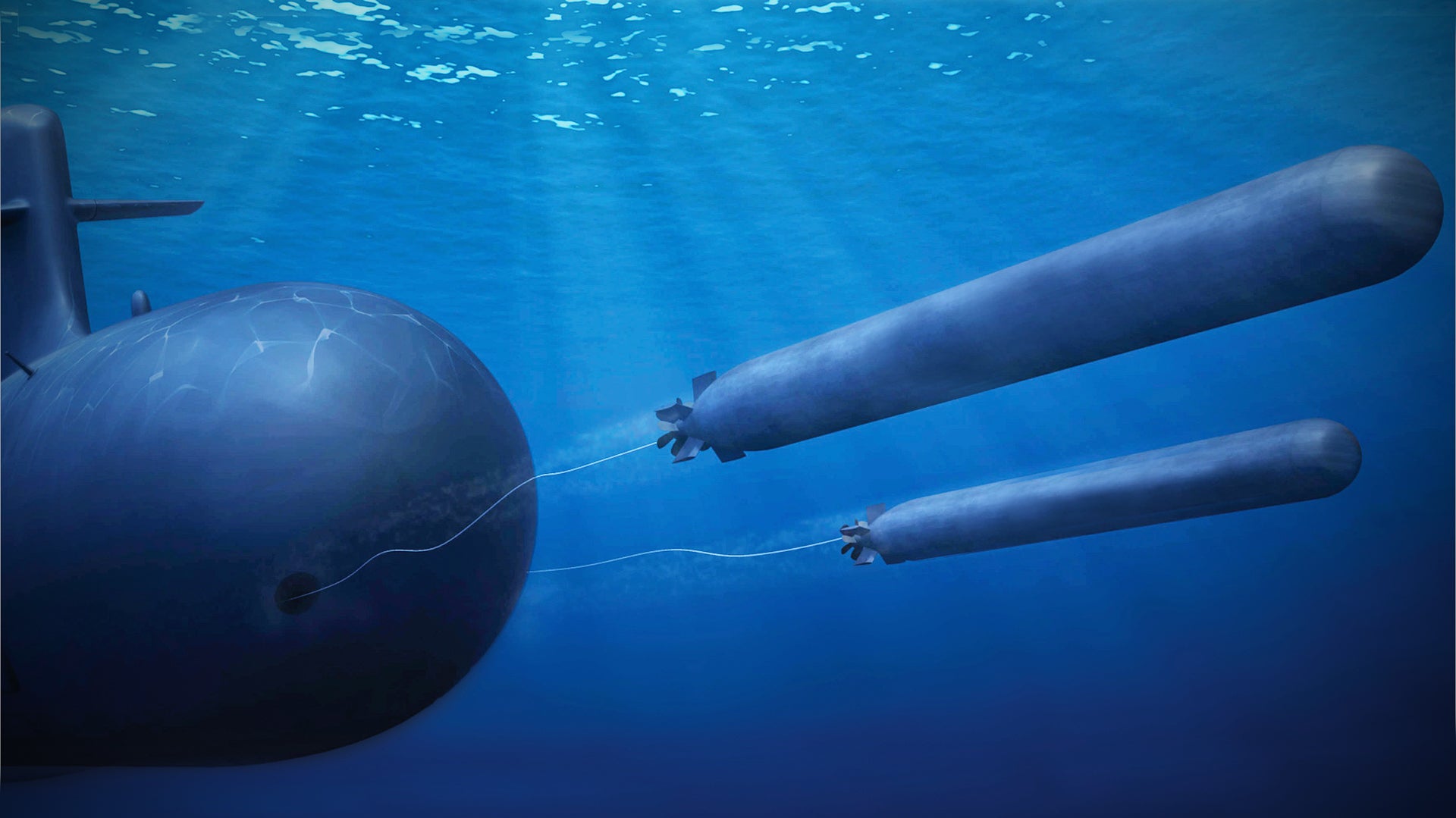
NSTL recently issued an Expression of Interest (EOI) inviting prospective partners for the development and production of a cutting-edge Heavy Weight Torpedo (HWT) designed for deployment on Indian naval platforms. This ambitious endeavour, part of the P-75 Platforms initiative, aims to equip the Indian Navy with a formidable weapon to counter contemporary maritime threats effectively.
The Expression of Interest outlines a comprehensive scope of work, encompassing three distinct phases: development, production and testing, and long-term post-delivery support. Within these phases, various activities are envisaged, ranging from the initial development to the sustained operational readiness of the HWT. Here’s an overview of the key aspects of this groundbreaking project:
Continue readingSOURCE: RAUNAK KUNDE / NEWS BEAT / IDRW.ORG
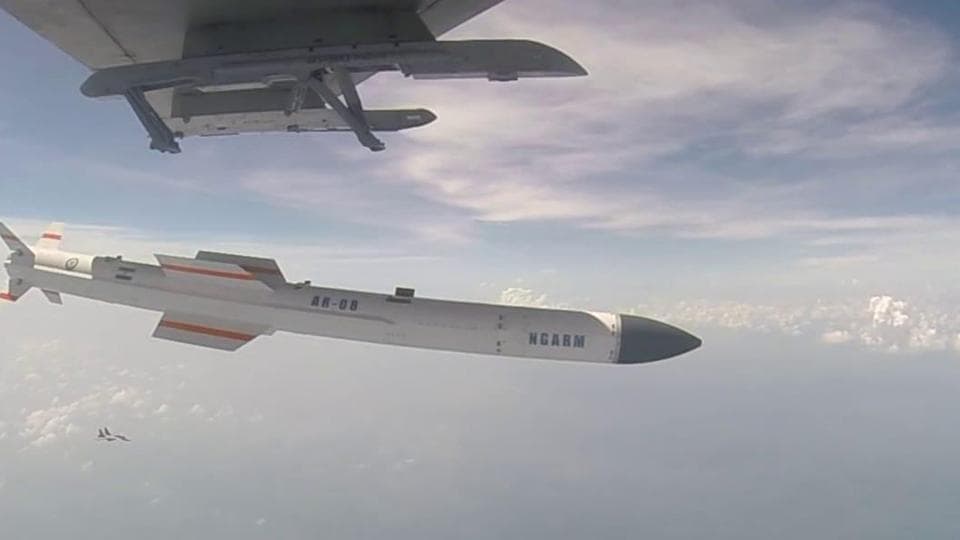
The Defense Research and Development Organisation (DRDO) of India is on the brink of achieving a major milestone in its defence capabilities with the impending final user and developmental trials of its Indigenous Anti-Radiation Missile, Rudram 1.
This cutting-edge tactical anti-radiation missile, initially developed for the Indian Air Force, is poised to enhance India’s air defence capabilities significantly. Notably, Rudram 1 is set to be adapted for use with the LCA-Tejas and Dassault Rafale, further expanding its reach and potential.
Continue readingSOURCE: RAUNAK KUNDE / NEWS BEAT / IDRW.ORG
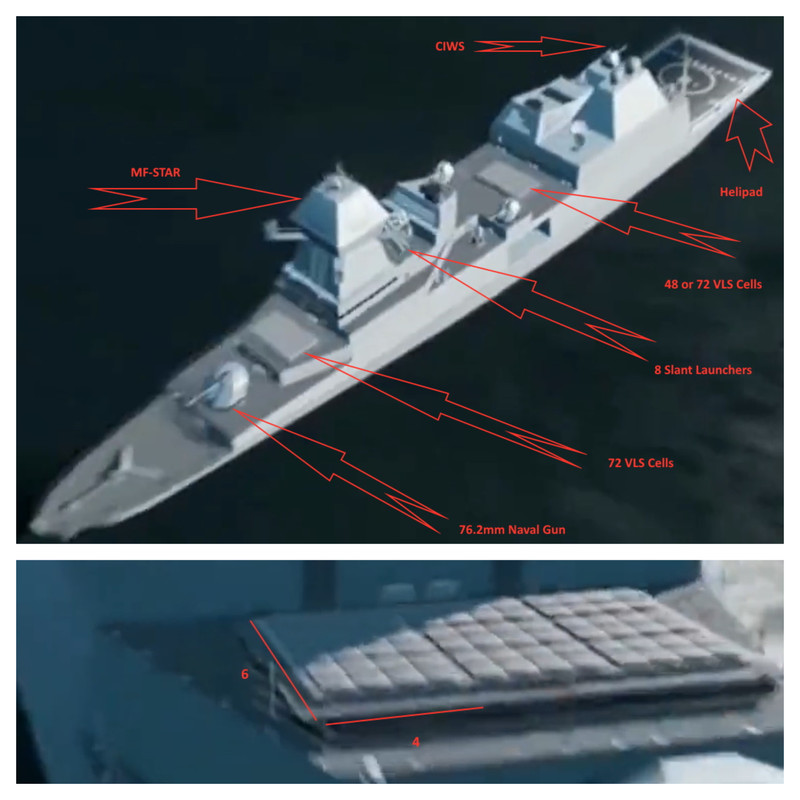
In the ever-evolving landscape of naval warfare, India’s Next-Generation Destroyer (NGD), colloquially referred to as Project 18, is emerging as a symbol of the nation’s commitment to maritime security and technological advancement.
As of now, the NGD program is in the conceptual studies phase, with tantalizing details hinting at its potential. Commander PR Hari, IN (Retd.), who serves as the Chairman and Managing Director of Garden Reach Shipbuilders & Engineers (GRSE), shed light on the program’s timeline. In a recent media interview, he indicated that the Request for Proposal (RFP) for the NGD program might be issued around 2026-27.
Continue readingSOURCE: IDRW.ORG TEAM

In a significant step towards strengthening maritime cooperation, a Brazilian Navy delegation, led by Admiral José Augusto Vieira da Cunha de Menezes, Chief of General Staff, paid a visit to New Delhi on September 5, 2023. During this visit, they met with Vice Admiral Sanjay J Singh, the Vice Chief of the Naval Staff of the Indian Navy.
The meeting marked a crucial development in the partnership between Brazil and India, both of which operate the French-developed Scorpène class of submarines. This article explores the potential for collaboration between the two countries in maintaining, upgrading, and enhancing the capabilities of their Scorpène submarine fleets.
Continue readingSOURCE: IDRW.ORG TEAM
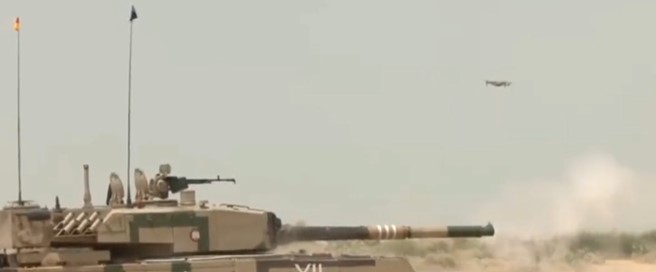
In a recent firepower demonstration held in Pokhran, India, the Arjun Main Battle Tank (MBT) showcased its formidable capabilities with the assistance of an aerial drone. This innovative use of technology provided crucial bird’s-eye visuals of the targets, enhancing the tank’s precision and effectiveness during the exercise.
The drone responsible for this aerial support was developed by Sagar Defence Engineering, marking a significant advancement in India’s military capabilities. General Tomas Miguel Mine Ribeiro Paiva, the Commander of the Brazilian Army, was the main guest at this impressive demonstration.
Continue reading